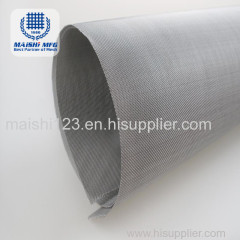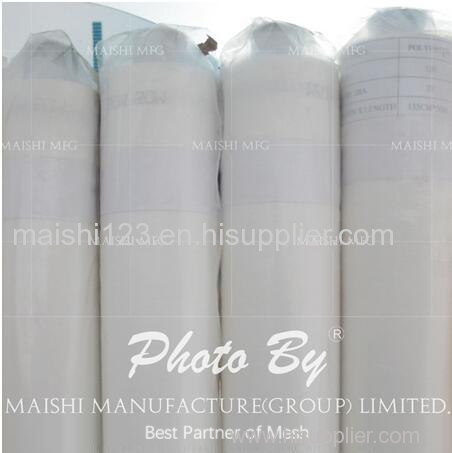
woven wire mesh stainless steel netting for filter
| Min. Order: | 100 Square Meter |
|---|---|
| Payment Terms: | T/T |
| Supply Ability: | 5000 |
| Place of Origin: | Hebei |
Company Profile
| Location: | Shijiazhuang, Hebei, China (Mainland) |
|---|---|
| Business Type: | Manufacturer |
Product Detail
| Model No.: | Can be customized according to your requirements |
|---|---|
| Means of Transport: | Ocean, Air, Land |
| Type: | Woven |
| Material: | Others |
| Application: | Filter |
| Brand Name: | maishi |
| Production Capacity: | 5000 |
| Packing: | paper tube inside+waterproof paper+plastic bag+poly-wood case, or at request |
| Delivery Date: | 7days |
Product Description

woven wire mesh stainless steel netting for filter
MAISHI Wire Mesh Manufacture Group is a professional wire mesh manufacturer in China and has produced stainless steel mesh since 1986. ur main market is USA, Germany etc. And we have strict quality control system to ensure the mesh quality. If you need mesh product (including deep processing product), please do not hesitate to contact us.We will do our best to support you.
Material: SS304,SS316 Stainless Steel Wire
Weave Type: Plain weave, Twilled weave, Dutch weave
Wire Diameter: 0.025-1.8mm
Performance : Corrosion-resisting, Wear-resisting, Tear-resisting
Uses: Mainly used for Filter, protect, Food industry, Chemical industry and so on.
Special size and specification are available according to customers requirment.
Feature:
1. and alkali resistance
2. Corrosion and rust resistance
3. High resistance due to tight wire position
4. Extreme low absolute grade of fineness (down to 5 - 6 μm)
5. Heat resistance
1. Plain Weave: also called tabby weave, linen weav or taffeta weave, is the most basic type of weaves. In plain weave, the warp and weft are aligned so they form a simple criss-cross pattern. Each weft thread crosses the warp threads by going over one, then under the next, and so on. The next weft thread goes under the warp threads that its neighbor went over, and vice versa.
2. Twill Weave: In a twill weave, each weft or filling yarn floats across the warp yarns in a progression of interlaces to the right or left, forming a distinct diagonal line. This diagonal line is also known as a wale. A float is the portion of a yarn that crosses over two or more yarns from the opposite direction.
3. Plain Dutch Weave: similar with plain weave, just the weft and warp wire have different wire diameter and different mesh size.
4. Twill Dutch Weave: similar with twill weave, just the weft and warp wire have different wire diameter and different mesh size.
5. Reversed Dutch Weave: difference from standard Dutch weave lies in the thicker warp wires and less weft wires.

